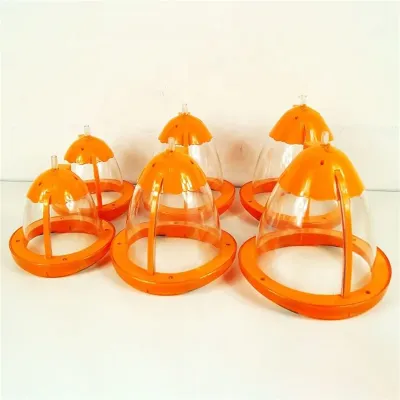
How to maximize the effectiveness of fat cavitation?
2025-10-17 15:30
In the field of non-invasive body contouring, ultrasonic fat cavitation machines, as highly effective and non-invasive fat removal devices, have been widely used in the beauty, fitness, and rehabilitation industries. Their core mechanism—fat cavitation technology—uses high-frequency ultrasound to generate microbubbles within adipose tissue, triggering their rupture, thereby disrupting the fat cell structure and allowing fat to be excreted through the metabolic system.
In practice, the results achieved by ultrasonic fat cavitation machines vary significantly between users due to multiple factors, including operating techniques, instrument parameters, patient physical conditions, and post-operative care.
This article will focus on the core question of "how to maximize the effectiveness of fat cavitation" and systematically explore methods to improve fat cavitation efficiency from multiple perspectives, including device mechanisms, key operating points, individual factors, and auxiliary measures. The goal is to provide authoritative, scientific, and professional guidance to beauty salons, operators, and potential users.
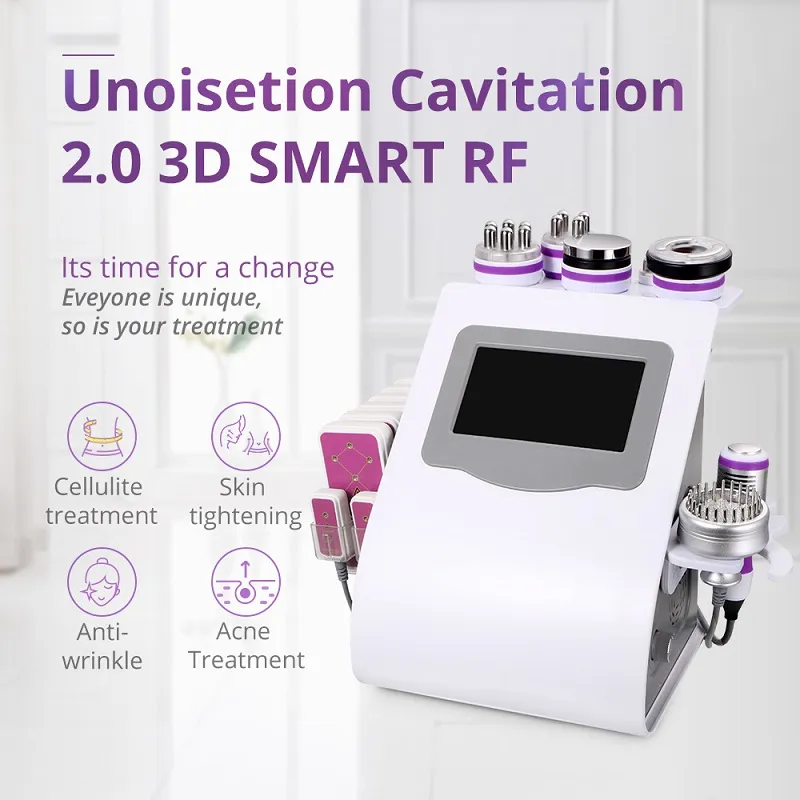
Principles and Mechanisms of Ultrasonic Fat Cavitation Machines
1. What is the Fat Cavitation Effect?
"Cavitation" originally refers to the formation of tiny bubbles in a liquid due to pressure changes. When applied to human fat tissue, an ultrasonic fat cavitation machine emits ultrasonic waves of a specific frequency (typically 25-40kHz), causing the liquid surrounding fat cells to explode with microbubbles. These bubbles rapidly expand and collapse, generating transient high pressure and rupturing the fat cell membranes.
Eventually, the released lipids (primarily glycerol and free fatty acids) enter the interstitial fluid and are then excreted through the lymphatic system.
2. Key Components of an Ultrasonic Fat Cavitation Machine
An efficient ultrasonic fat cavitation machine typically consists of the following key modules:
• Main control system: Sets parameters such as frequency, energy level, and operating mode.
• Probe/handpiece: Directly contacts the skin and outputs ultrasonic waves.
• Cooling system: Maintains skin temperature to prevent thermal damage.
• Acoustic energy conversion module: Converts electrical energy into mechanical vibrations, producing the cavitation effect.
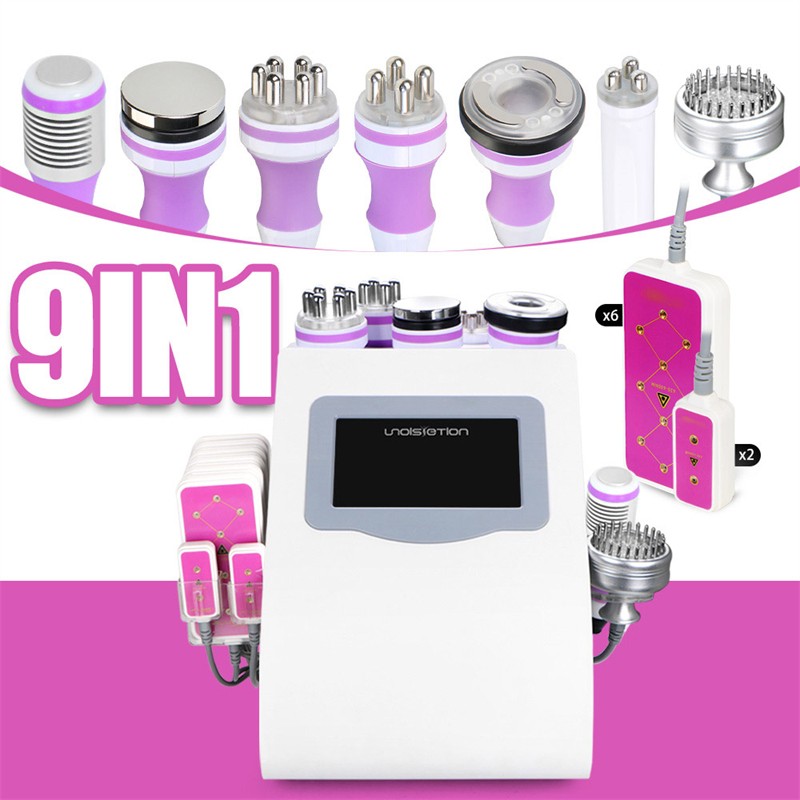
Analysis of Key Factors Affecting Fat Cavitation Effectiveness
To maximize the fat reduction efficiency of an ultrasonic fat cavitation machine, a thorough understanding of several key variables influencing fat cavitation is essential.
1. Ultrasonic Frequency Selection
Ultrasonic frequency is the primary factor influencing the depth and intensity of cavitation:
• Low frequency (25kHz-30kHz): Strong penetration, suitable for areas with thick fat (such as the abdomen and thighs).
• Medium frequency (30kHz-35kHz): Suitable for areas with average fat thickness.
• High frequency (35kHz-40kHz): Suitable for fine-tuning or superficial fat (such as the arms and back).
To maximize fat cavitation effectiveness, the appropriate frequency must be selected based on the patient's fat layer thickness. Failure to do so may result in inadequate results or increased discomfort.
2. Output Energy Density and Duration
Energy density (the amount of energy released per unit area per unit time) determines the intensity of the mechanical impact on fat cells.
• Too low energy: Ineffective destruction of fat cells.
• Too high energy: Potentially overheating of tissue or skin redness and swelling.
• The optimal approach is to use moderate energy and extend the treatment duration to promote adequate cavitation through a cumulative effect.
3. Technique and Trajectory Control
The speed, angle, and trajectory of the operator's probe movement directly affect the concentration and uniformity of ultrasound waves within fat tissue. The following practices can significantly improve effectiveness:
• Slow and consistent movement: ensures sufficient energy is delivered to each area;
• Maintaining a stable contact angle: prevents energy loss;
• Using spiral, zigzag, or Z-shaped paths: covers the entire fat area and avoids missed treatments.
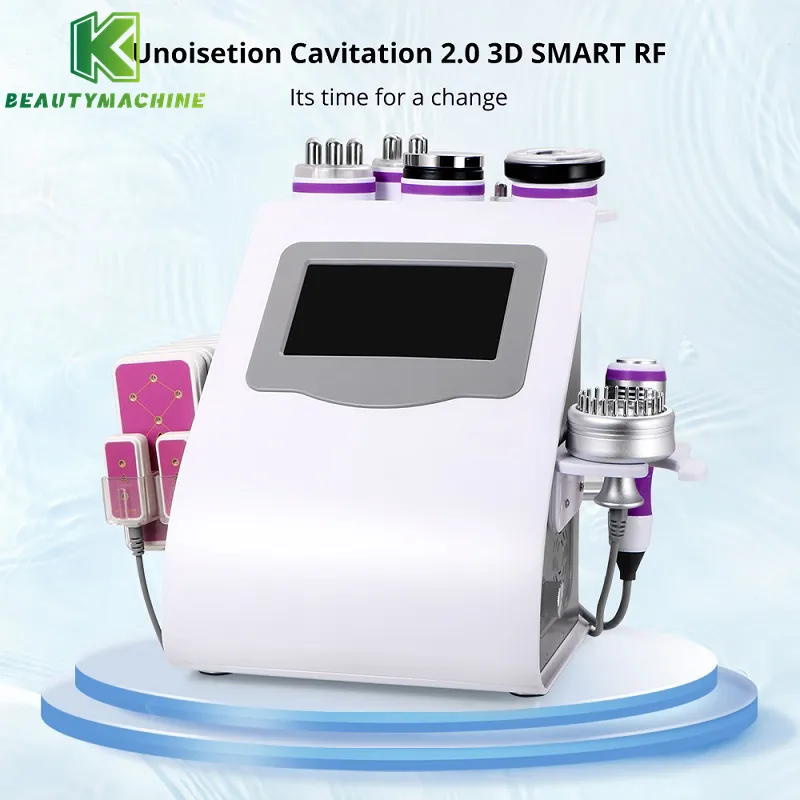
How can equipment optimization improve cavitation effectiveness?
Different brands and models of ultrasonic fat cavitation machines vary slightly in energy output, focusing technology, and user interface. Before use, consider the following aspects for identification and optimization:
1. Multi-frequency, multi-mode adjustment system
High-performance equipment should have multi-frequency adjustment capabilities, allowing switching between different frequencies to address various fat types within a single treatment. For example:
• Use 30kHz for broad-based dispersion in the initial phase;
• Switch to 35kHz in the middle phase for enhanced cavitation penetration;
• Use 40kHz for localized shaping in the final phase.
2. Probe Power Focusing Design
High-quality ultrasonic fat cavitation machine probes typically utilize focused beam technology, concentrating ultrasound energy deep within the fat tissue, improving cavitation efficiency and reducing the risk of epidermal damage.
3. Heat Dissipation and Thermal Control System
The equipment is equipped with a sophisticated temperature control system, which helps maintain a constant temperature, preventing temperature rise from affecting treatment stability and enhancing patient comfort.
The Impact of Preoperative Preparation on Fat Cavitation Effectiveness
Improving cavitation efficiency is not solely a matter of equipment; the patient's condition also significantly impacts treatment outcomes.
1. Blood Circulation and Hydration
Before undergoing ultrasonic fat cavitation machine treatment, it is recommended to ensure:
• Adequate hydration (500ml of water 2-3 hours before treatment): This helps facilitate the drainage of fat metabolites through the lymphatic system.
• Moderate exercise: This can promote local blood circulation, increase tissue elasticity, and enhance cavitation response.
2. Avoid greasy foods and alcohol
Increased fat metabolic burden may delay fat excretion after cavitation. Maintaining a low-fat, light diet is recommended for 48 hours before treatment to avoid impacting the efficiency of post-treatment detoxification pathways.
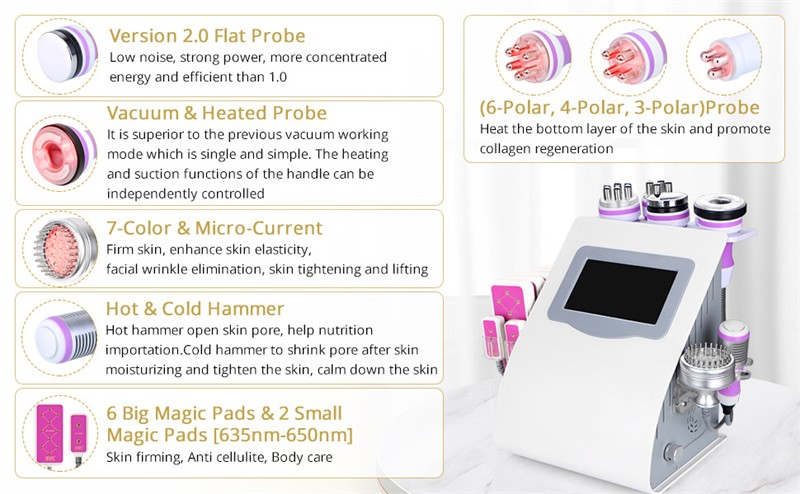
Postoperative care is a key step in achieving fat excretion
Ultrasonic fat cavitation machine treatment is only the first step in "destroying" fat; "excretion" is the ultimate measure of success.
1. Methods to Promote Metabolism:
• Postoperative massage: Accelerates the entry of lipids into the lymphatic system;
• Lymphatic drainage devices: Assist in the excretion of fat metabolites;
• Heat compresses or far-infrared irradiation: Increases tissue temperature and accelerates metabolism;
• Walking or light aerobic exercise (such as brisk walking or cycling): Activates the systemic lymphatic circulatory system.
2. Hydration and Dietary Management:
Drinking at least 2000ml of water daily after surgery and maintaining good urine circulation are key steps in promoting the excretion of fat metabolites through the kidneys and sweat.
The Impact of Treatment Schedule and Pacing on Effectiveness
Fat cavitation should not be performed frequently. A 5-7-day interval between treatments is recommended to allow the body ample time to process the lipid release from the previous treatment.
Standard treatment course recommendations:
• 6-10 treatments per area;
• Each treatment should last no longer than 40 minutes;
• Rest for one month after completing a course before deciding whether to continue.
Frequent treatments or short intervals between treatments will not only fail to improve results, but may also increase tissue fatigue, leading to discomfort or diminished effectiveness.
The Natural Impact of the Patient's Physical Condition on Cavitation Efficiency
Individual differences play a decisive role in the effectiveness of fat cavitation. The following groups may experience higher efficiency in cavitation therapy:
• Those with a moderate thickness of subcutaneous fat (1.5-3.0 cm): Ultrasound waves are more easily focused on fat tissue;
• Those who have recently gained weight: Their fat cells are more active, resulting in a stronger cavitation response;
• Those aged 25-45 with a normal metabolic rate: They have better fat metabolism and faster fat excretion.
Conversely, those with slow metabolism and severe skin laxity may require supplemental measures to enhance fat removal.
A Systematic Approach to Improving Fat Cavitation Effectiveness
In summary, to maximize the effectiveness of fat cavitation, systematic management is essential, encompassing multiple aspects, including equipment selection, frequency matching, operating methods, preoperative preparation, postoperative care, and treatment schedule. Key points include:
• Select an ultrasonic fat cavitation machine with adjustable frequency and excellent focusing performance;
• Accurately set the ultrasound frequency and energy according to the fat thickness of the area;
• Maintain a consistent speed, stable angle, and full coverage during treatment;
• Hydrate before treatment and avoid a high-fat diet to enhance fat tissue activity;
• Actively promote metabolism after treatment through exercise, hydration, and massage;
• Scientifically schedule treatment and recovery periods to avoid overtreatment.
What products does KuoHai supply?
KuoHai supplies a wide range of beauty and personal care devices, including laser hair removal machines, ultrasonic cavitation equipment, breast and hip lifting machines, EMS devices, and cryolipolysis systems. Additionally, we manufacture massage equipment, humidifiers, and air purifiers for home use. As a China-based manufacturer and wholesale supplier, KuoHai provides customized services, OEM production, and discount prices for large-volume orders, ensuring both high quality and affordability for global distributors.
Get the latest price? We'll respond as soon as possible(within 12 hours)
